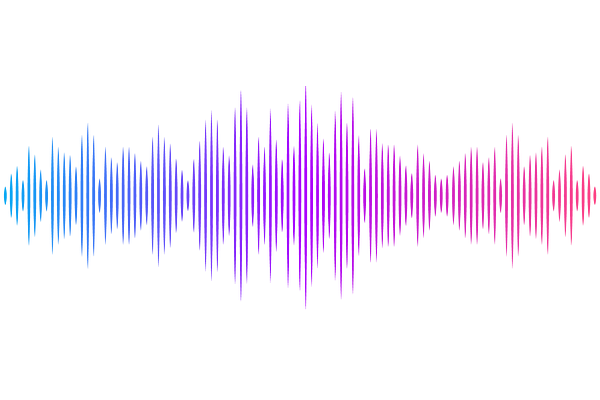Microbial photoproduction of heptane

Microbial photoproduction of heptane
BACA-PORCEL, A.; LEGERET, B.; AUROY-TARRAGO, P.; VEILLET, F.; GIACALONE, C.; Cuine, S.; Palakiyem SAMIRE, P.; MOULIN, S.; LI-BEISSON, Y.; BEISSON, F.; Sorigue, D.
AbstractFatty Acid Photodecarboxylase (FAP) has emerged as a promising catalyst for the biological production of long-chain hydrocarbons. We have recently shown that purified FAP or FAP-expressing bacteria can efficiently convert octanoic acid into heptane, thus extending the potential applications of FAP to medium-chain hydrocarbons (i.e., solvent- or kerosene-type). The scarcity of natural sources of octanoic acid presents a challenge however. Here, we explore the heptane production capacity of a FAP-expressing E. coli strain engineered to biosynthesize octanoic acid via a specific thioesterase. Various FAPs and C8-specific thioesterases were tested. A blue-light-inducible promoter was used to avoid chemical inducers. We found that the expression of FAP fused with TrxA resulted in a 10-fold increase in heptane production. Coexpression of Cuphea hookeriana thioesterase and Chlorella variabilis FAP achieved the highest heptane titer (12.5 mg.L-1). Scale-up experiments in 100 mL photobioreactors allowed a constant production of heptane over two days (22mg.L-1.day-1).